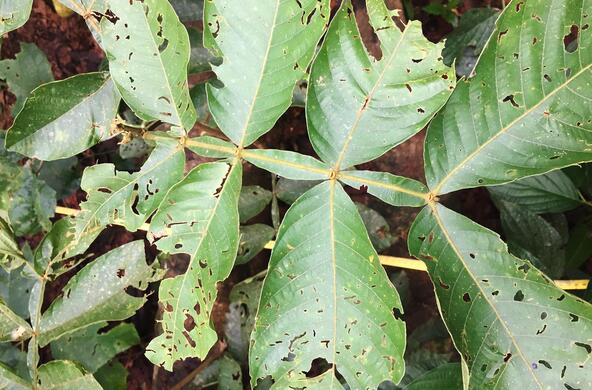We all do it, mostly every day. And, it causes environmental pollution. It’s called poop, and it is a resource that should be used more efficiently.
When we eat food, some is assimilated, which supports growth and metabolism. Excreta is what is not assimilated, about 40% of what we eat or about 0.15 kg/day (dry) for the average person. This percentage is about the same for cows, but the product is called manure. For the purposes of this blog, we’ll consider urine and feces collectively, but urine is a metabolic byproduct of what is assimilated, whereas feces take a direct path out.
Humans eat a protein-rich diet, so we excrete a lot of nitrogen, which is a major component of protein. We need protein to grow, but clearly our diets provide an overabundance of protein, otherwise we wouldn’t excrete so much nitrogen. Excrement is rich in phosphorus; it also does not appear to be in short supply in our diet. The typical U.S. citizen eats an excess of 37% nitrogen and 62% phosphorus over recommended daily intakes (RDI).
Excrement is subject to microbial degradation in sewage treatment plants or septic tanks. These microbes separate the nitrogen and phosphorus from the solid materials, first releasing it as ammonium (NH4+) or phosphate (PO43- ) in the effluent. Much of the nitrogen is subsequently oxidized by microbes, that produce nitrate (NO3–). Nitrate is very soluble and is carried in sewage waters. Some of the phosphorus is adsorbed onto the solid materials that remain—sewage sludge.
Sewage effluent is a great fertilizer because it contains the nitrogen and phosphorus in forms that plants can assimilate into new plant tissue. In earlier times, the “honey wagon” was used to carry sewage materials back to agricultural fields. It is unfortunate that so little sewage effluent is recycled in modern society; that which is not captured enters local waterways causing excessive algal growth. For one sewage treatment plant in Arizona, phosphorus recovery for fertilizer could potentially return $150,000 each year to the local community. Phosphorus is too valuable to bury in landfills.
The conversion of ammonium (NH4+) to nitrate (NO3–) has several advantages in sewage treatment. Without this conversion, some ammonium would be converted to ammonia (NH3) gas, which escapes to the atmosphere, causing serious odor problems for nearby citizens. Ammonia degrades air quality around hog lagoons and it forms fine particulate matter in the atmosphere, creating a human health hazard.
Nitrate is further subject to microbial activity that can convert it to nitrogen gas (N2)—the non-toxic, odorless gas that comprises 78% of our atmosphere. N2 may appear to be a harmless way to remove nitrogen from effluent waters, but a small portion of the nitrogen is released as a metabolic byproduct, nitrous oxide (N2O) during this process. Nitrous oxide is a strong greenhouse gas and a source of ozone destruction in the upper atmosphere. One recent study suggests that the gaseous release of N2O from septic fields across the U.S. accounts for about 1.5% of our nation’s contributions of greenhouse gases to the atmosphere. In other words, poop contributes to global warming.
Poop is a valuable source of resource that should be recycled and not allowed to escape willy-nilly into the environment.
References
Aneja, V.P., W.H. Schlesinger, and J.W. Erisman. 2009. Effects of agriculture upon the air quality and climate: Research, Policy, and Regulations. Environmental Science and Technology 43:4234-4240. [doi:10.1021/2s8024403]
Cease, A.J. and 4 others. 2015. Consumer-driven nutrient dynamics in urban environments: the stoichiometry of human diets and waste management. Oikos doi: 10.1111/oik.02391
Hutchinson, G.E. 1950. Survey of contemporary knowledge of biogeochemistry. III. The biogeochemistry of vertebrate excretion. Bulletin of the American Museum of Natural History 96:1–554.
Truhlar, A.M. and 5 others. 2016. Greenhouse gas emissions from septic systems in New York State. Journal of Environmental Quality 45: 1153-1160.







